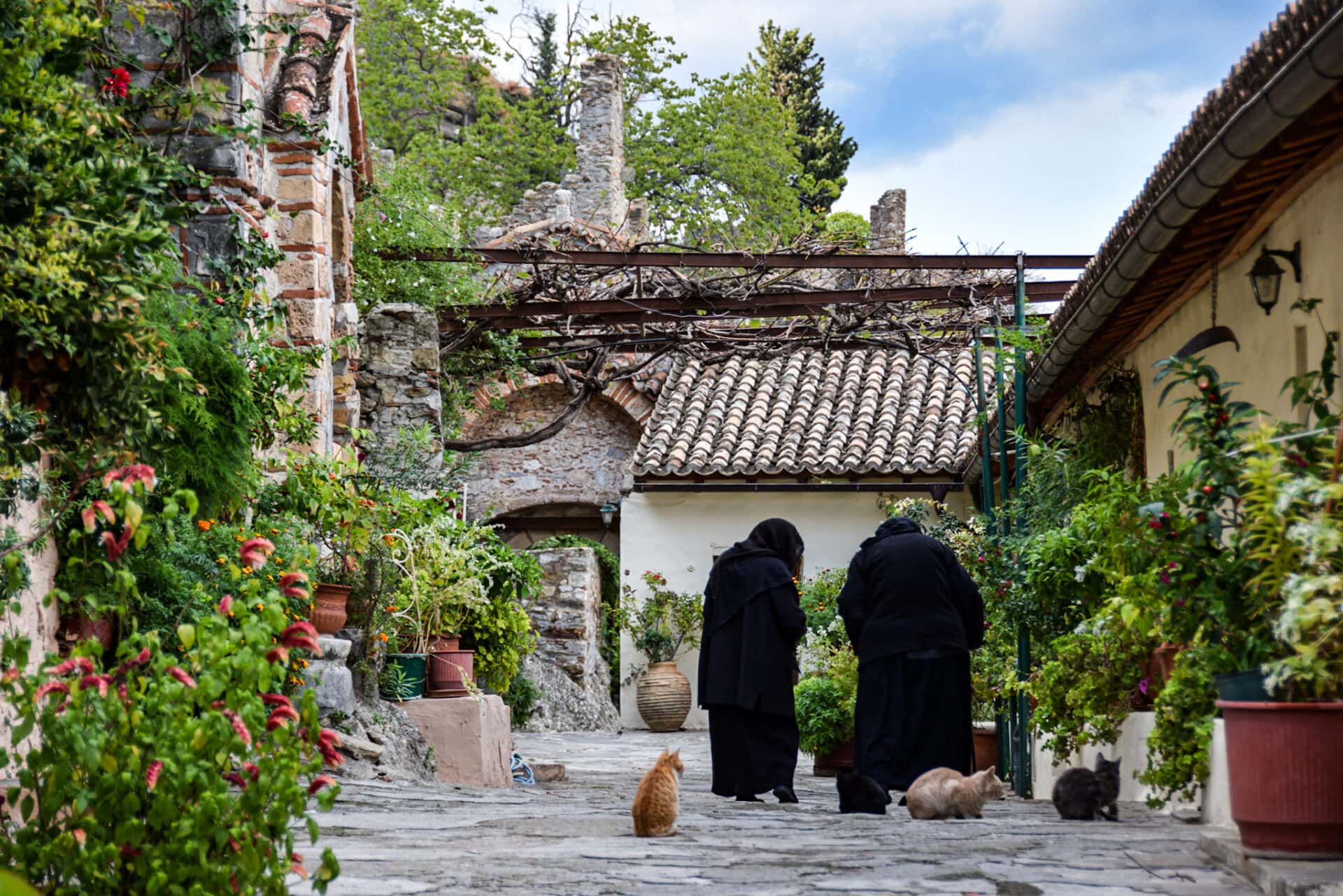“…he gave the command and craftsmen and officials gathered, and brought together every kind of material, including lime, and stone, timber and other materials used in building: so they began to build the Castle and they finished it and they made it tall and most beautiful, and he called it Myzithras, because that is what that place was called, Mytzithras…”
Psendodorotheos
The earthly scent of petrichor travels up my nostrils and fills my lungs, as I stroll down a narrow country road. Branched olive trees arch across scraggly stone walls, while small raindrops trickle down argentine leaves, performing a precarious balancing act before plunging into the depth below. In between, salient specks of yellow citrus vie for attention, complementing the post-rain serenity.
Soon after, a herd of sheep, joyfully indulging in the freshly watered gras sprouting beneath the groves, joins my walk. As I pass them, an attentive shepherd dog gives me a brief but thorough stare before running off.
To my delight, he deems me no threat to his flock.
Accompanied by distant barking, I turn left and stride down an unassuming dirt path.
petrichor
/ the fresh, earthly scent ascending from the damp ground after a rainfall
The word is formed by combining the Greek words petra (πέτρα) or petros (πέτρος), meaning rock or stone, and īchōr (ἰχώρ), an expression used in Greek mythology to describe the divine fluid flowing through the veins of the gods.
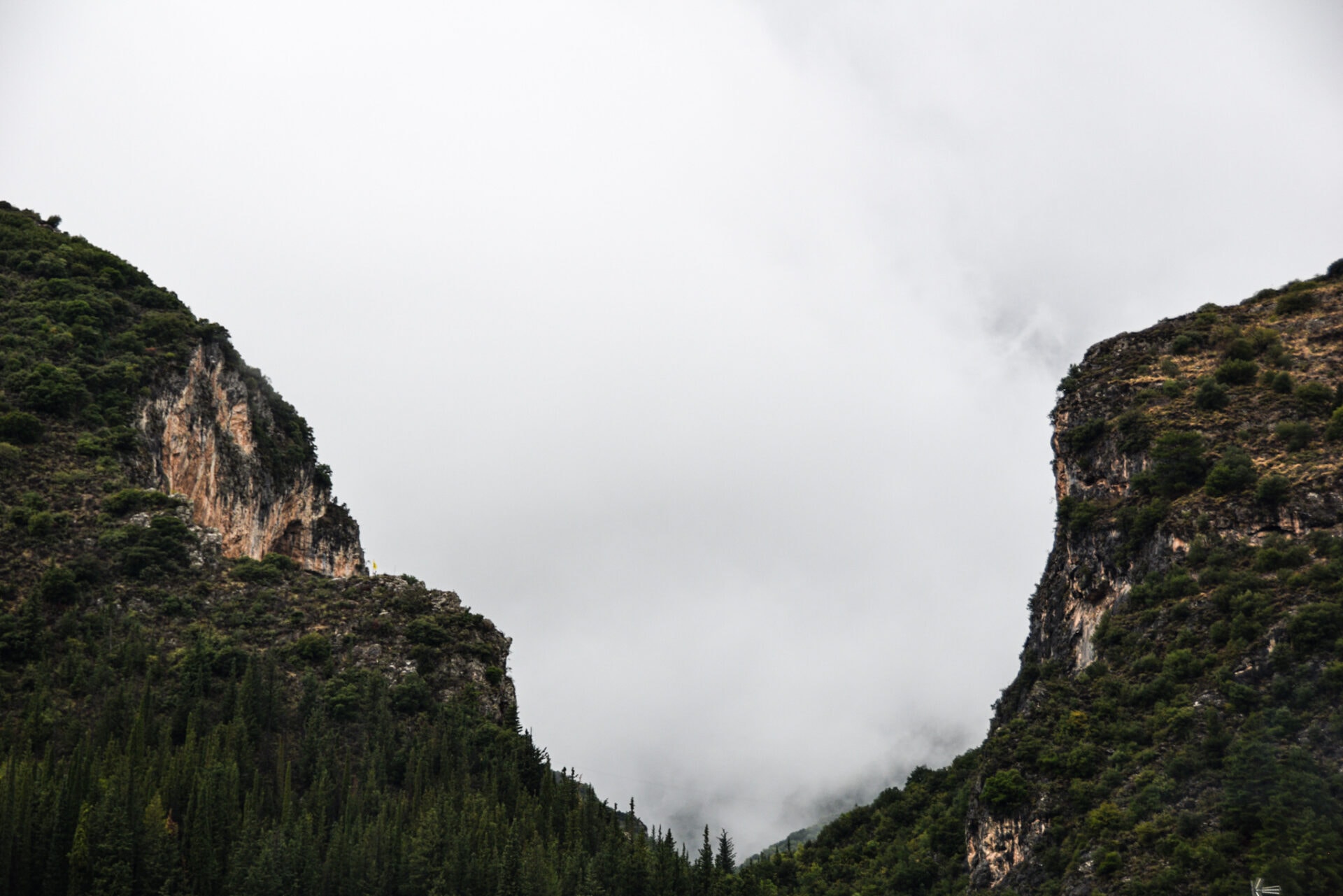
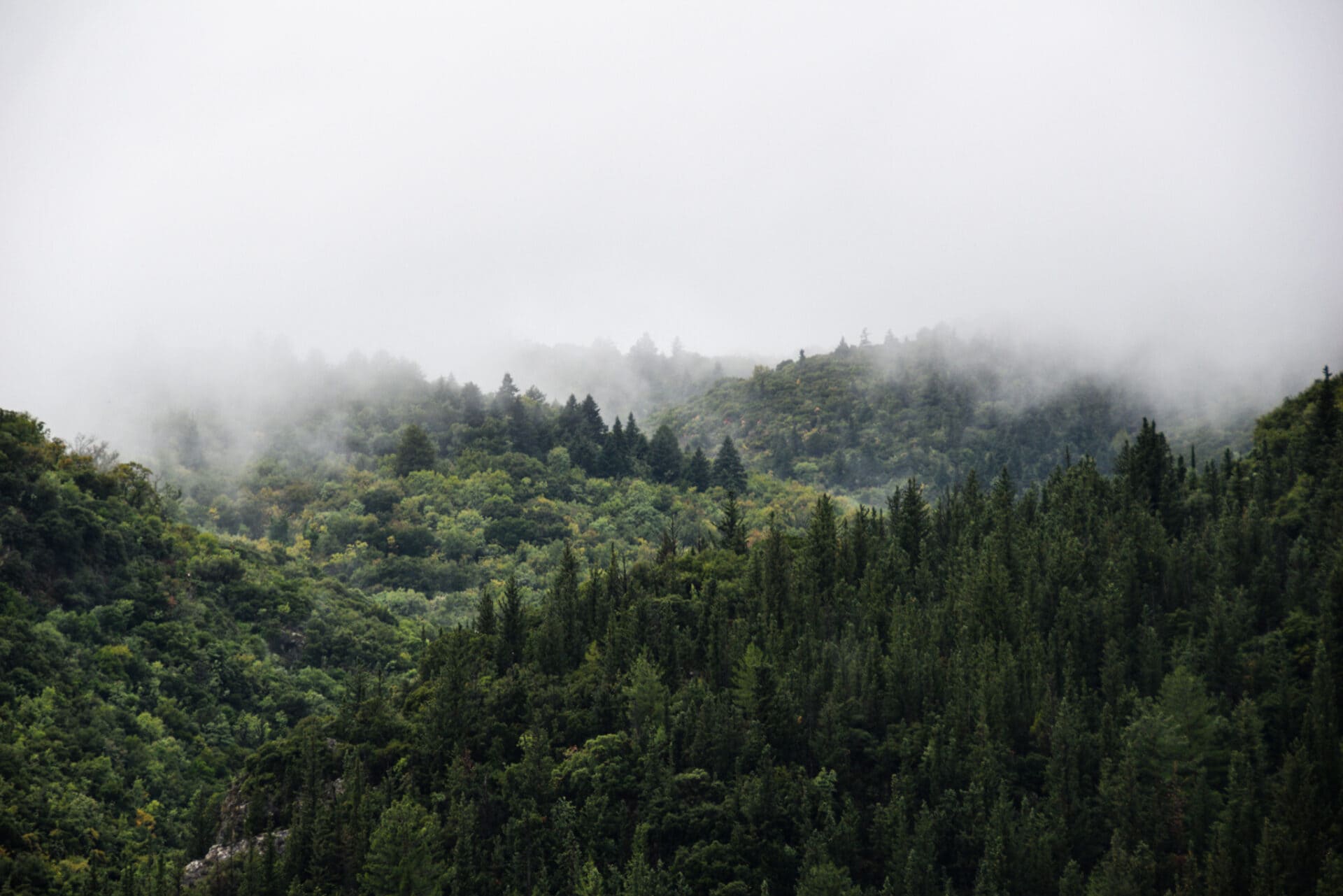
Before me rise the verdant foothills of Taygetos. Wafts of mist float atop the sombre canopy, veiling the world yonder behind a white mantle of obscurity.
As I walk, my inquisitive gaze journeys across dark conifer tops, when suddenly it falls upon an unremarkable ruin. Protruding from the forested slopes, soon evermore man-made structures appear. Crumbling foundations, collapsed arches, and overgrown arcades climb up the steep mountainside, before they reach the shrouded summit, embellished with the proud and immemorial remains of a citadel.
Not all structures are caught in the clutches of ephemerality, however.
Above the sweeping green, persevering walls and rubicund roof tiles sing of a glorious past.
A past in which this city claimed her rightful place as one of the great settlements of her time.
Before my eyes lie the magnificent ruins of Mystras.
Byzantium’s last capital.
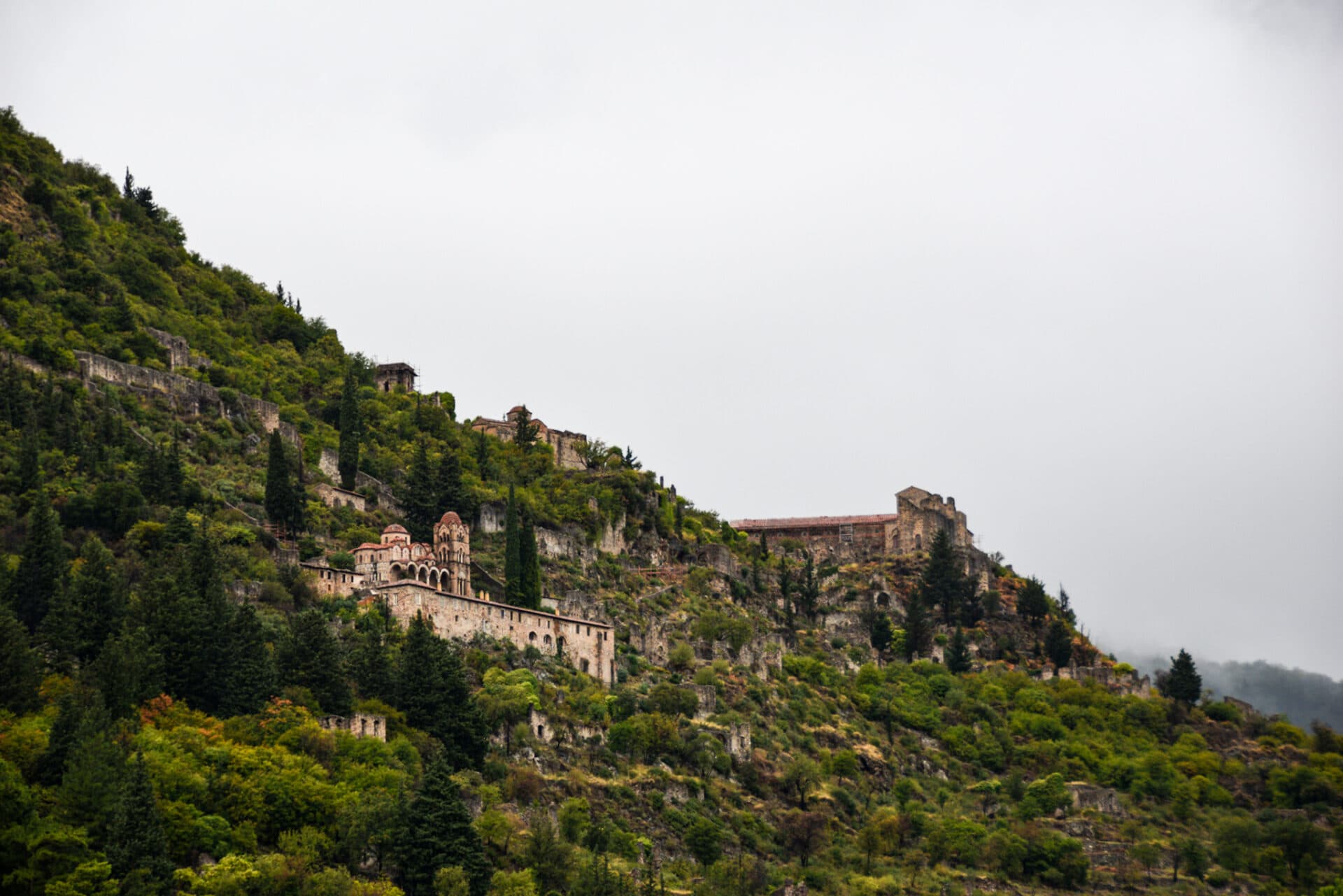
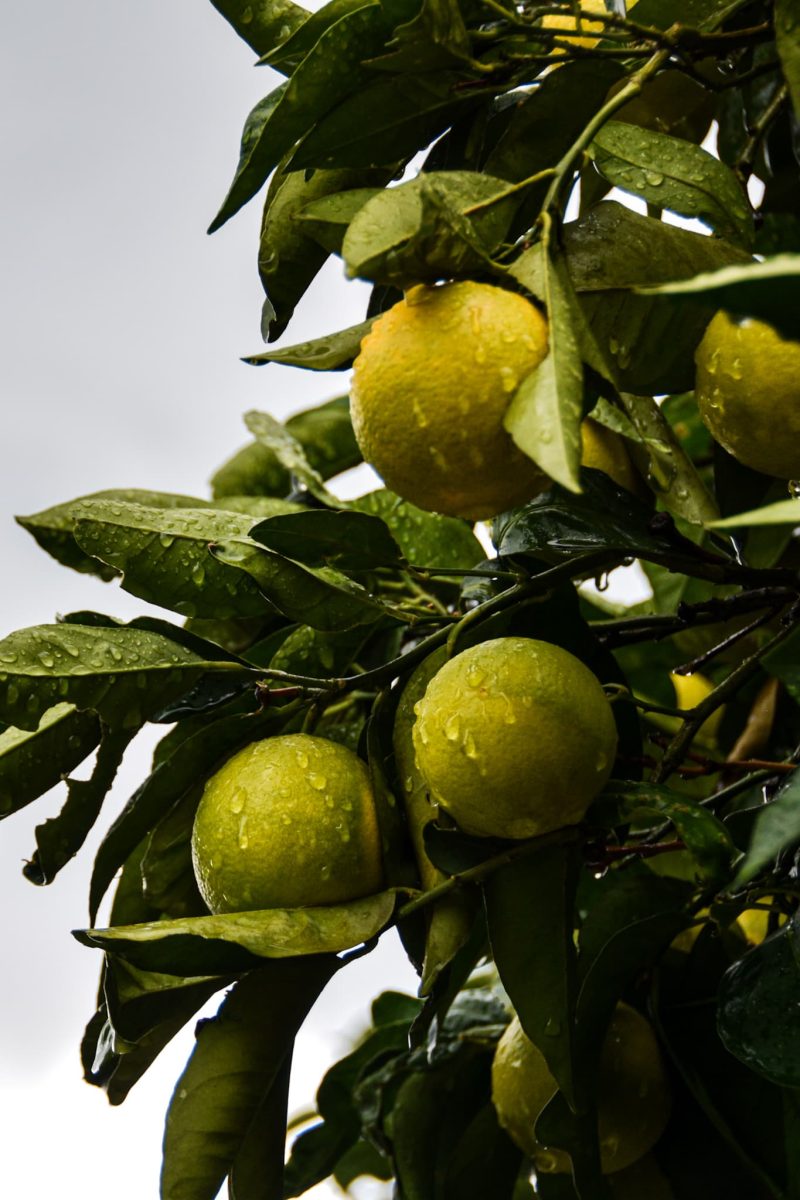
Opening hours | 1 Nov – 31 Mar 8:30-15:30 | 1 Apr – 31 Aug 8:00-20:00 | 1 Sep – 15 Sep 8:00-19:30 | 16 Sep – 30 Sep 8:00-19:00 | 1 Oct – 15 Oct 8:00-18:30 | 16 Oct – 31 Oct 8:00-18:00
Closed | 1 Jan | 25 Mar | 1 May | Easter Sunday | 25 Dec | 26 Dec
Entrance fee | General admission: 12€; Reduced (students 26 and under): 6€
Free Admission | 6 March | 18 April | 18 May | 28 October | last weekend of September | 1st Sunday of each month from 1 Nov-31 Mar
LITTLE CONSTANTINOPLE
The inception of Mystras is a curious one.
Following the fragmentation of the Byzantine Empire in the wake of the 4th crusade, the newly established crusader states were hard pressed to strengthen their grip on the conquered territories and to exert their influence beyond their fragile borders.
Faced with an uncertain future, their crude leaders, moulded in the horrors of warfare, once more relied on brute force, and thus these successor states preyed on the bleeding corpse of the former world power, ravaging the Greek lands for their selfish motifs.
One of these usurpers was the Frankish Principality of Achaea, and by the middle of the 13th century, her ruler William II of Villehardouin had seized the last Byzantine stronghold on the Peloponnese, Monemvasia, thereby obtaining control over the entire peninsula.
In an effort to consolidate his recently forged realm, William travelled his lands in search of sites, he deemed worth fortifying. When he passed Sparta, his sight fell upon an imposing spur in the shadow of Taygetos. Greatly impressed by the striking location, he ordered a mighty castle to be built upon its summit.
Henceforth, this fortress became known as Mystras.


Peace was not to last, however, and soon William found himself in conflict with the expanding Nicaean Empire, another Byzantine successor state located in Anatolia, culminating in his capture in 1259 CE.
When the Byzantine Empire was restored by Nicaean emperor Michael VIII Palaiologos, William arranged his release. Freedom was granted in exchange for fealty and the surrender of several castles (including Mystras and Monemvasia), however, on his return to the Peloponnese the ambitious prince had already forgotten his oath.
War broke out once more and transformed Morea into a feast for crows. Tired of the constant raids, the hardened people of Laconia (region around Sparta) abandoned their homes and resettled at the foothills of Taygetos, ultimately founding the castle town of Mystras.
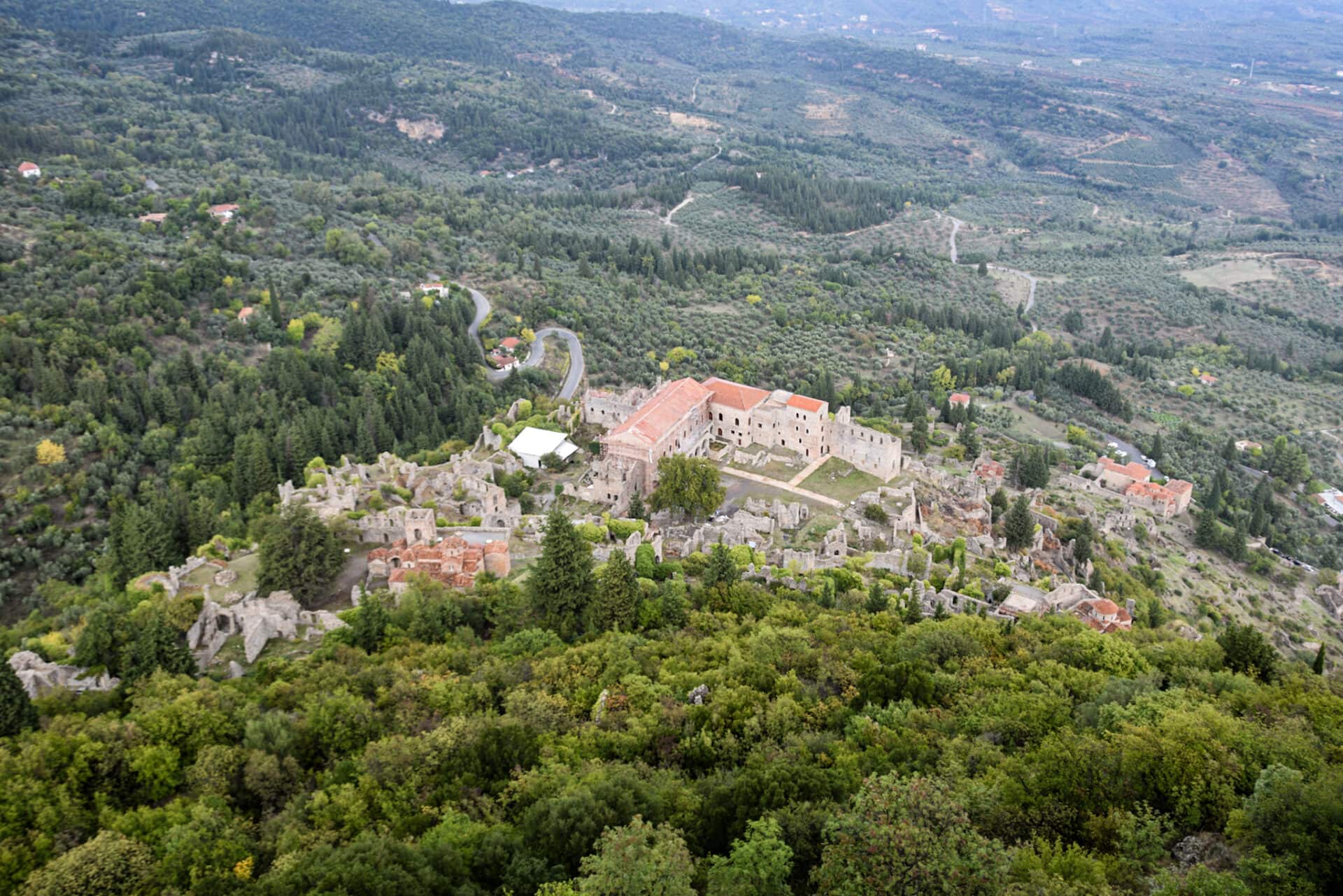
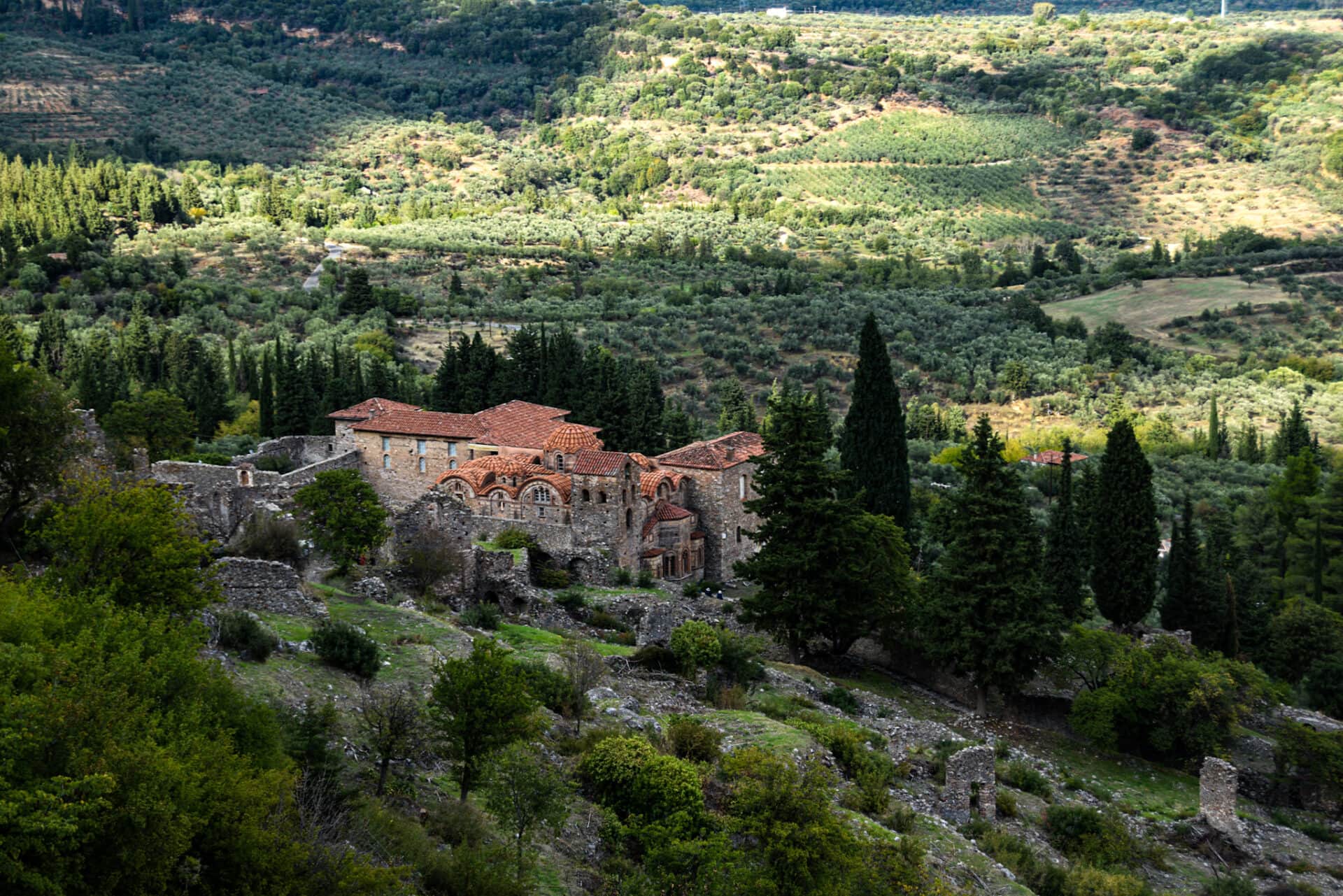
“So Constantine sat in his ancestral palaces, surrounded by his generals and his advisors. And the city of Mystras was so embellished with palaces and towers and churches adorned with wall paintings illustrated by masters from Constantinople that it was called little Constantinople…”
Fotis Kontoglou, Ponemeni Romiosyni
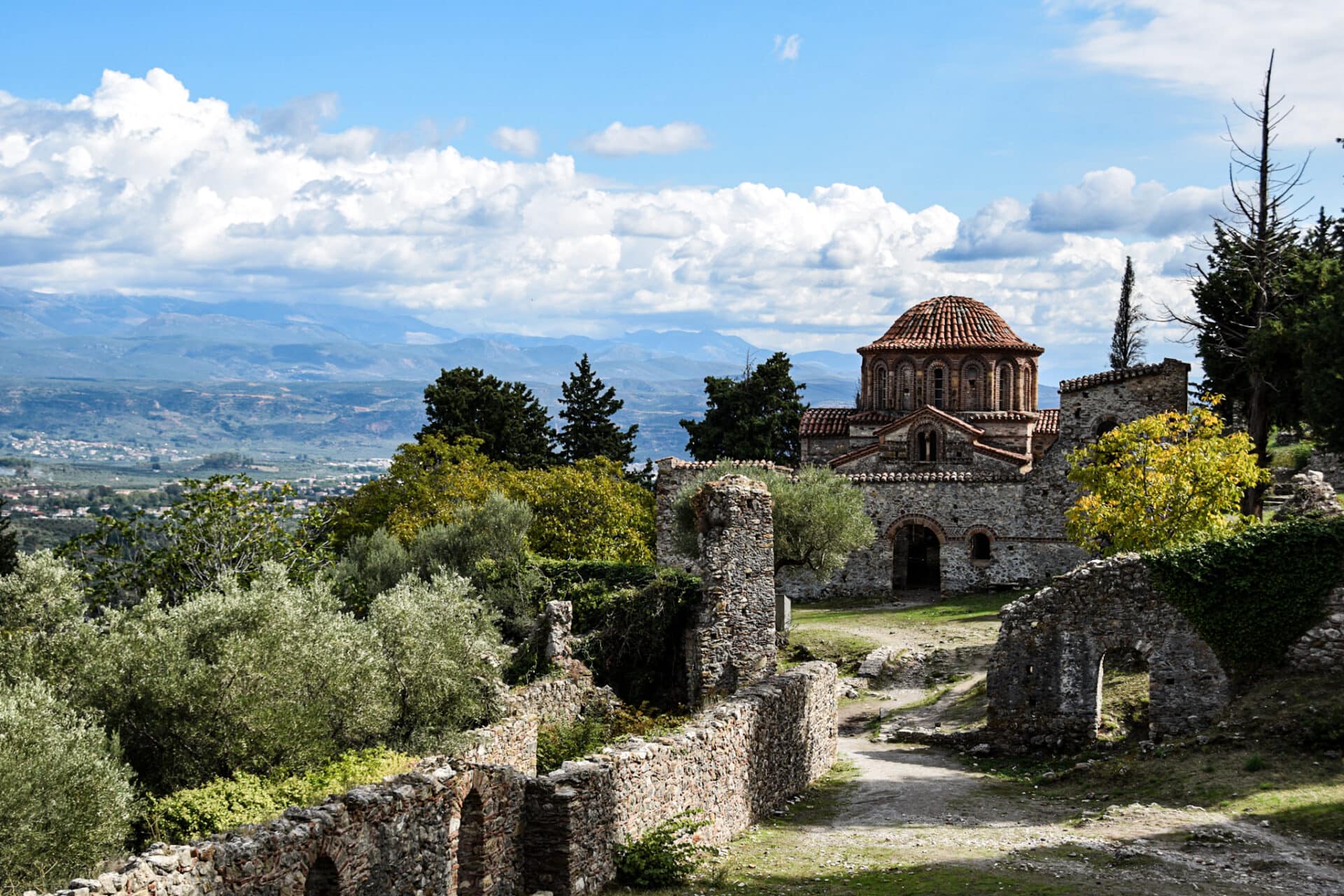
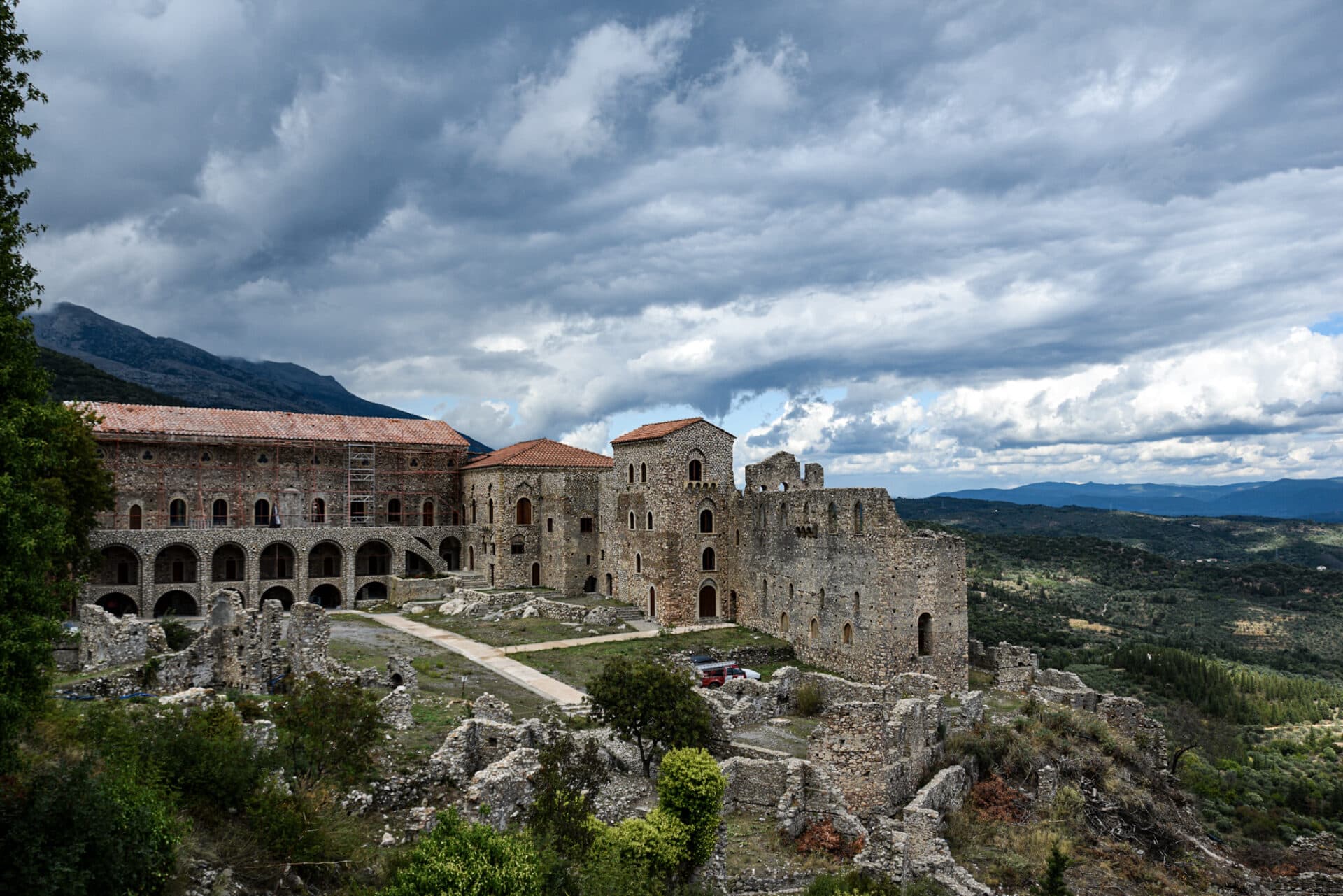
Under the Palaiologoi, this infant of a city underwent an astonishing development.
In just a few decades, Mystras transformed from a provincial capital to one of the empire’s most revered towns (subsequently becoming the capital of the Despotate of Morea), and tales of her ravishing beauty spread throughout the realm. Byzantine merchantmen, trading in Laconia’s exquisite produce (olive oil, honey, citrus fruits, wheat, and above all silk), carried the fame beyond Morea’s sandy shores, thereby bestowing unprecedented wealth on Mystras and heralding the city’s golden age.
Where there is affluence, there is art, and before long Mystras not only established herself as a commercial hub, but one of Byzantium’s most prolific centres of culture and learning only second to Constantinople in its splendour. Masterful artisans and architects alike descended upon the flourishing town and created one of the finest examples of Late Byzantine artistry and urban planning still visible today. None of her scholars was more renowned than Plethon, however, whose teachings massively influenced the Italian Renaissance.
After Constantinople fell to Ottoman troops in 1453, Mystras became the last capital of Byzantium, before her inevitable capture in 1460 and the ultimate disintegration of the empire.
Although, the town remained inhabited during the Turkish occupation, the population dwindled, and in 1953 the last residents left their crumbling homes, when the entire area was brought under state ownership to preserve the Byzantine gem.
Today, Mystras is listed as a World Heritage site by UNESCO.
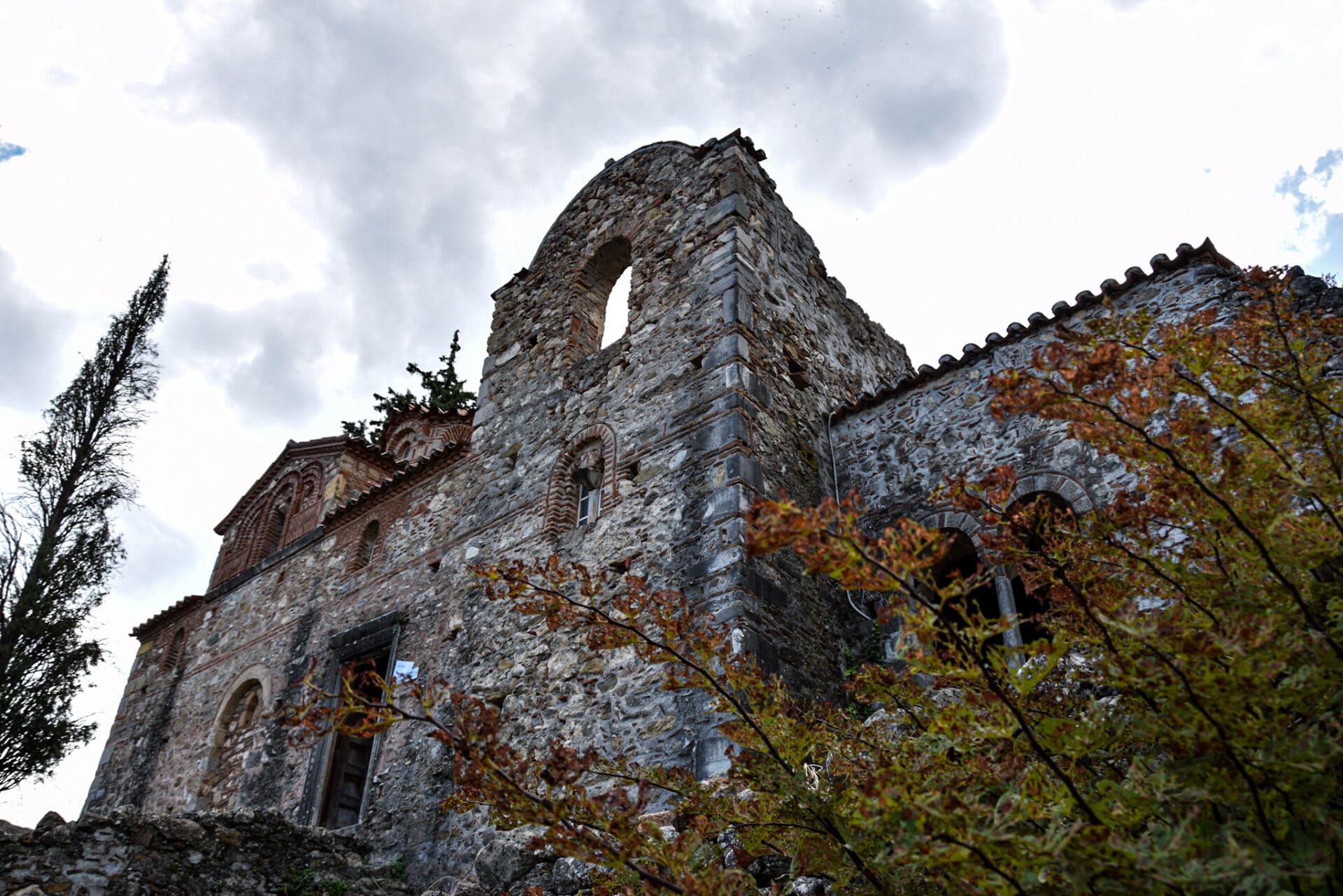
GOVERNED BY THE GRACE OF GOD
In the Byzantine Empire, cities were not only administrative centres but played a critical role in the religious landscape of the Romanoi (Byzantine Greeks), as well. Although, the Patriarchate, the ecclesiastical authority within the Orthodox Church, was in Constantinople, many other towns were home to Metropolitan or Diocesan sees.
Moreover, it was common for wealthy benefactors to found or restore monasteries and to erect churches or private chapels as a sign of piety. While founders had certain rights regarding the running of these houses of worship, they also had to ensure the maintenance and overall appearance of the buildings and provide the general supplies.
Mystras was no exception and countless ecclesiastical complexes were constructed to grace the verdant slopes of Taygetos.
Today, an overwhelming majority of the well-preserved buildings in Mystras are monasteries. Besides the formidable citadel and the grand Despot’s Palace, no less than eight such complexes can be found within the confines of the walled city, forming the definitive highlights of the archaeological park.
Even though their outside appearance varies, they are all distinctively Byzantine in their architecture. Round arches, artistic elements incorporated into the brickwork, and red tiled domes dominate the exterior, while the monastery of Pantanassa (the only monastery in Mystras that is still inhabited) even boasts Gothic elements, borrowed from Western Europe.
However, the pinnacle of Byzantine ecclesiastical art is found within the church’s dim interior. Colourful scenes of holy saints, pious martyrs, and biblical figures decorate the walls and columns, arches, and ceilings. Although the wall paintings are not as pristine as the ones in Ioannina, they are still a spectacular sight to behold.
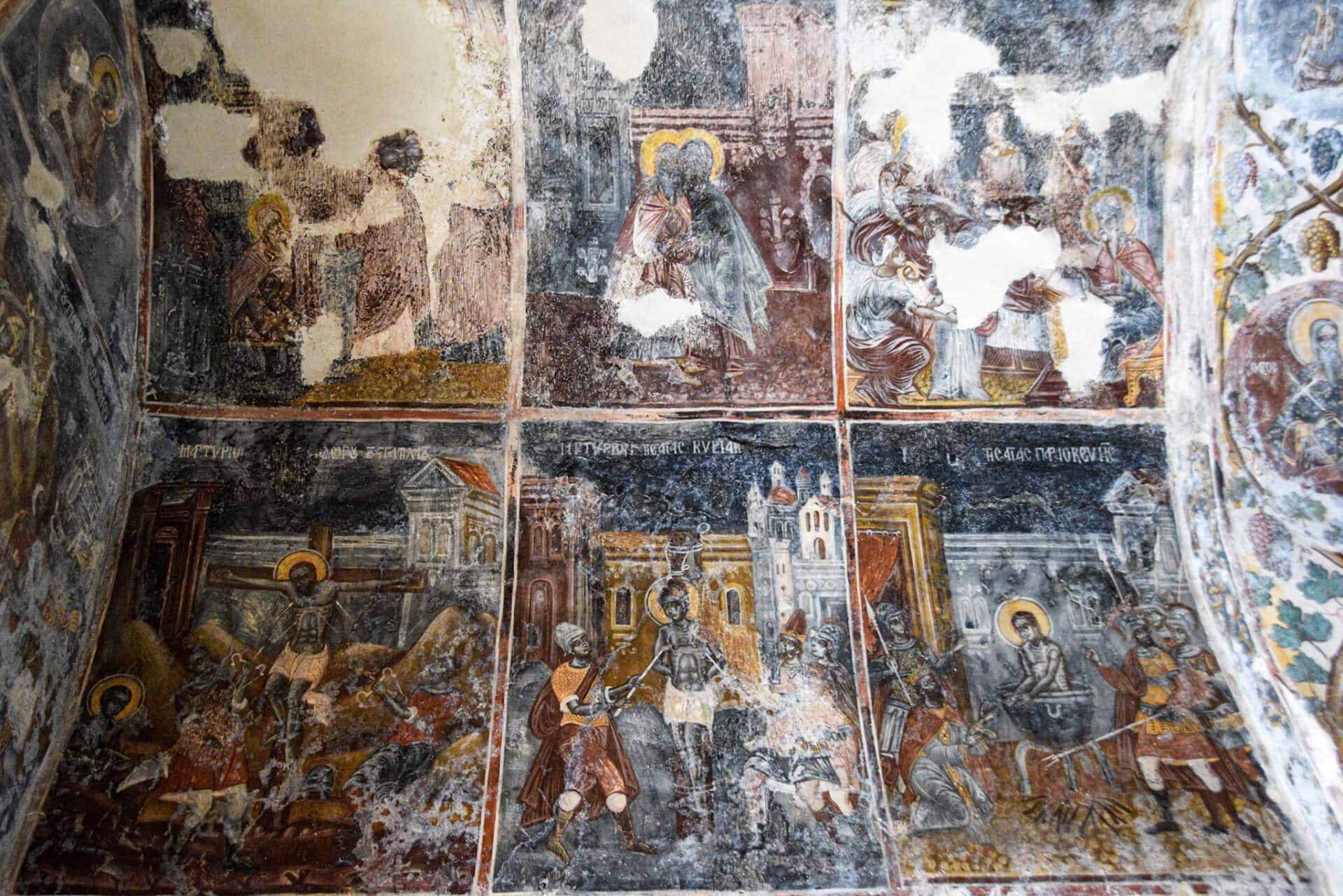

WHERE TO STAY
Since Sparta itself doesn’t offer much in terms of sightseeing (there is a surprisingly intriguing olive museum though!), Mystras should be the focus of your trip to Laconia. Thus, I highly recommend looking for accommodation in the adjacent, eponymous village.
I stayed in the beautiful Mystras Castle Town guesthouse, providing me with an ideal base to explore magnificent Mystras and the adjacent Taygetos mountains. If you are seeking a homely atmosphere after a long day of discoveries, look no further!
While accommodation in Mystras tends to be a tad bit more expensive than in downtown Sparta, not being dependant on public transport and having free reign over your available time most certainly warrants the extra cost.
HOW TO GET THERE
| From Sparta
There are daily buses between the city centre and the main entrance of the archaeological park. Buses depart from the tourist information (kiosk) across the street of the Archaeological Museum and take roughly 15-20 minutes.
Make sure to ask for the bus schedule as intervals might become quite infrequent during off season. When I visited in October (2021) the last bus from Sparta to Mystras was at 2pm. Be aware that this will also be the ultimate bus returning to Sparta, so keep that in mind should you intend to stay until closing time.
| From Mystras
From the town square, follow the main road north until you reach the main entrance of the archaeological park (~1,5km)
Alternatively, there is a second entrance right below the Castle of Villehardouin a bit further up the road.
